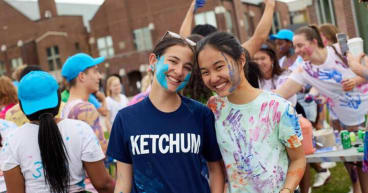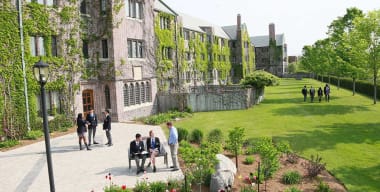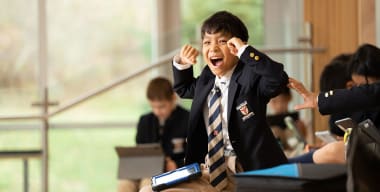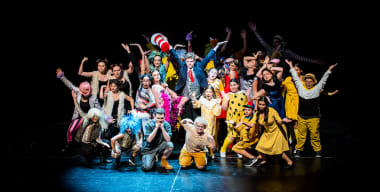PHOTO CREDIT: Christinne Muschi
One of the most dreaded assignments for students who are struggling with Language Arts is that initial assignment most novice teachers bestow upon their new group of students in September: They ask students to tell them about their summer vacation in one or more paragraphs.
For students who don't like to write, it can be a terrifying process. So how do we alleviate these fears and help children become strong writers?
Writing Especially Difficult for Boys
Writing has become an exercise in futility and frustration for many students, especially the male learner. One can view empirical evidence of this trend from the 2011-12 Ontario provincial gender statistics (EQAO, Education Quality and Accountability Office) from Grade 6 students where female students are achieving 83% of the provincial standard while boys are at a lowly 67%. This should not be the case for either gender.
Preparing to Write
The good news is that all children have fantastic imaginations and the ability to be creative. Teachers need to provide a broad ranging subject that all children can identify with; for the purposes of this article, the hero.
Every child has a hero: real, imagined, in the home, or in their mind. Take them through a process of brainstorming the entire character, do this collectively! Then have the student think about powerful words to describe the character’s actions, reasons for doing things (motivations), personality, how that character would act in different situations, and finally their physical appearance.
Congratulations, you have just done a character sketch!
Processing the Story and Using a Graphic Organizer
What about the big picture? Children may have generated wonderful characters, empathized with them, even made the jump to the fourth dimension, where they could become the character and act accordingly to that creation’s motivations, but no story exists. Without a narrative, this would be akin to putting a robust character in a theatrical production that might be presented in a food court. Students need to visualize the world behind the story and literally see it mapped out.
Enter the graphic organizer. Beginning a piece of writing is easy, because everyone has some initial idea, but like a cross-country race those who sprint at its commencement run out of gas. The graphic organizer mimics a process which should be occurring when a student is reading: the compartmentalization of salient information about all aspects of the text into to neat divisions of thought and memory that allows for contemplation and analysis, not just mere surface knowledge.
Enthusiastic readers are able to do this in their active consciousness, making reading enjoyable as their thought processes can ebb from the past to present and even to future predictions with the benefit of reflection and synthesis. Reluctant readers cannot perform such a task.
Thus, having children construct compartmentalized graphic organizers as found in comic book panels would have the following twin effects: those students who learn to physically create these intuitive blocks of plot, character, setting, conflict, and mood and match them with a visual image can later do so without the benefit of pen and paper when reading.
The inverse effect is that when reading, this component the of the writing process has the hermeneutic cascade effect of breaking down pages of written text into these same compartmentalized graphic/text units within the conscious and subconscious of the reluctant reader.
What was part of an instructed process now naturally becomes intuitive for students who practice this process of writing.









